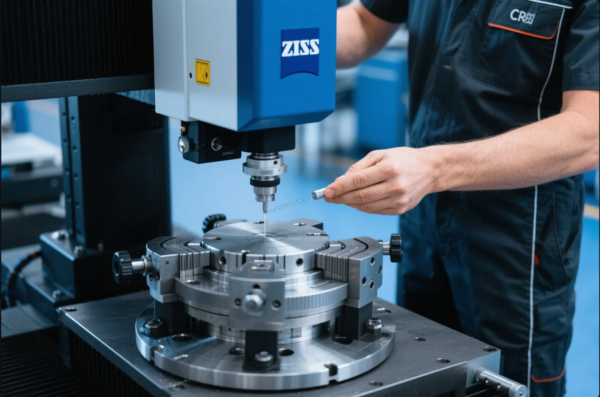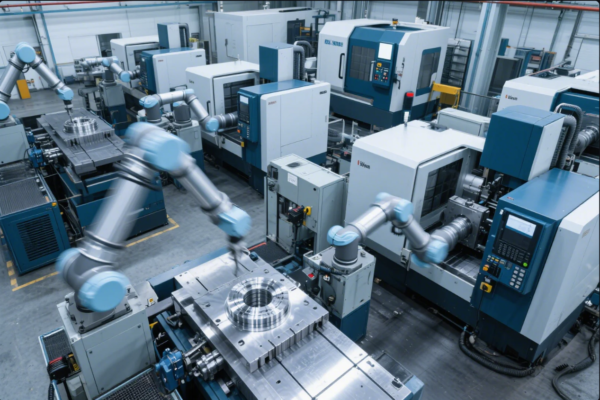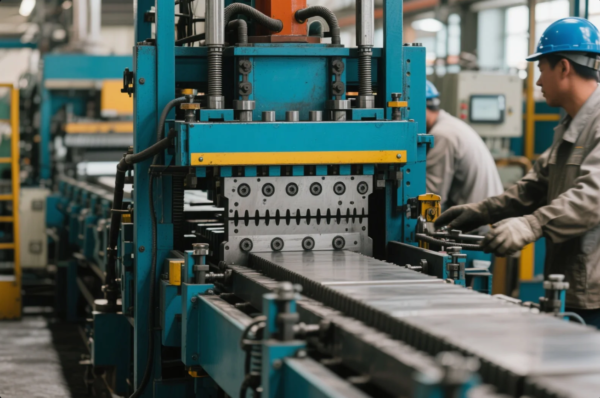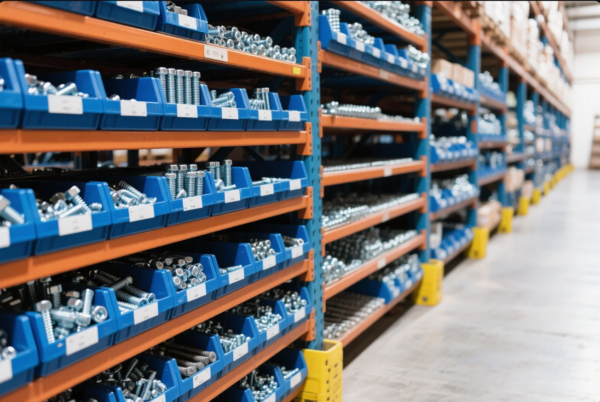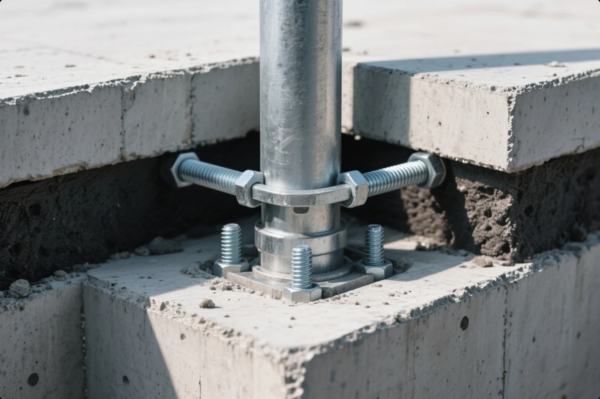What Are 5 Different Types of Structures?
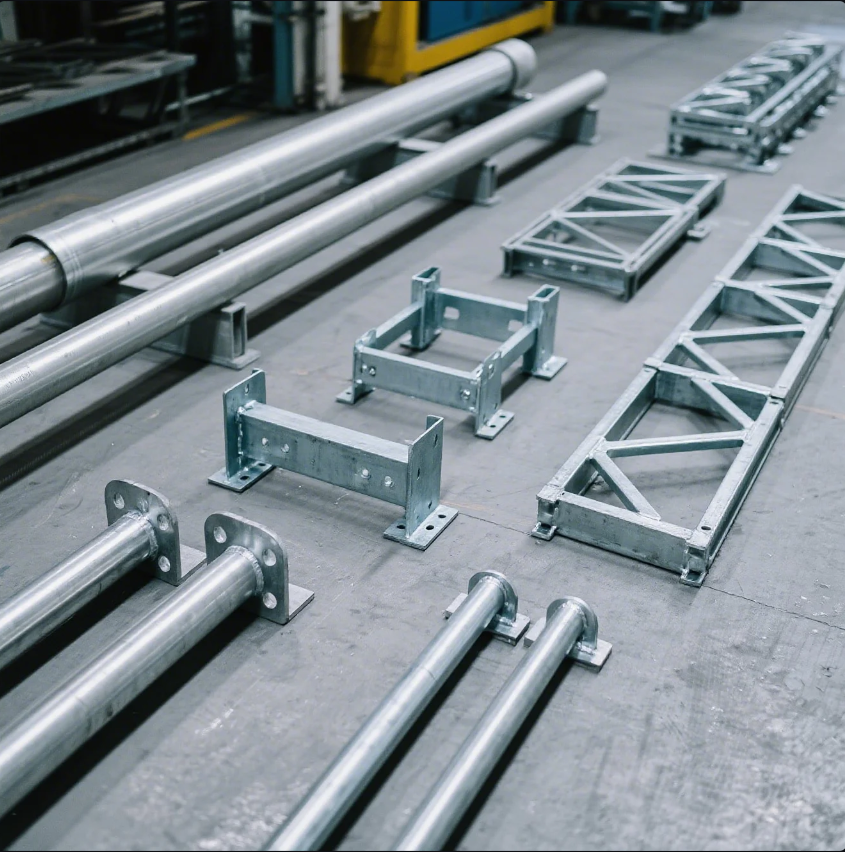
Structures come in various types, each designed to serve specific purposes and withstand different types of loads and stresses. Whether in construction, engineering, or natural systems, understanding the different types of structures is essential for effective design, safety, and functionality. In this article, we will explore five common types of structures, their applications, and their significance.
Snippet paragraph:
Structures are fundamental in both construction and engineering. Let’s explore five types of structures and how they function in various systems.
Transition paragraph:
Let’s take a deeper dive into the different types of structures, ranging from construction to engineering, and understand their functions and applications.
What Are the Five Types of Structures?
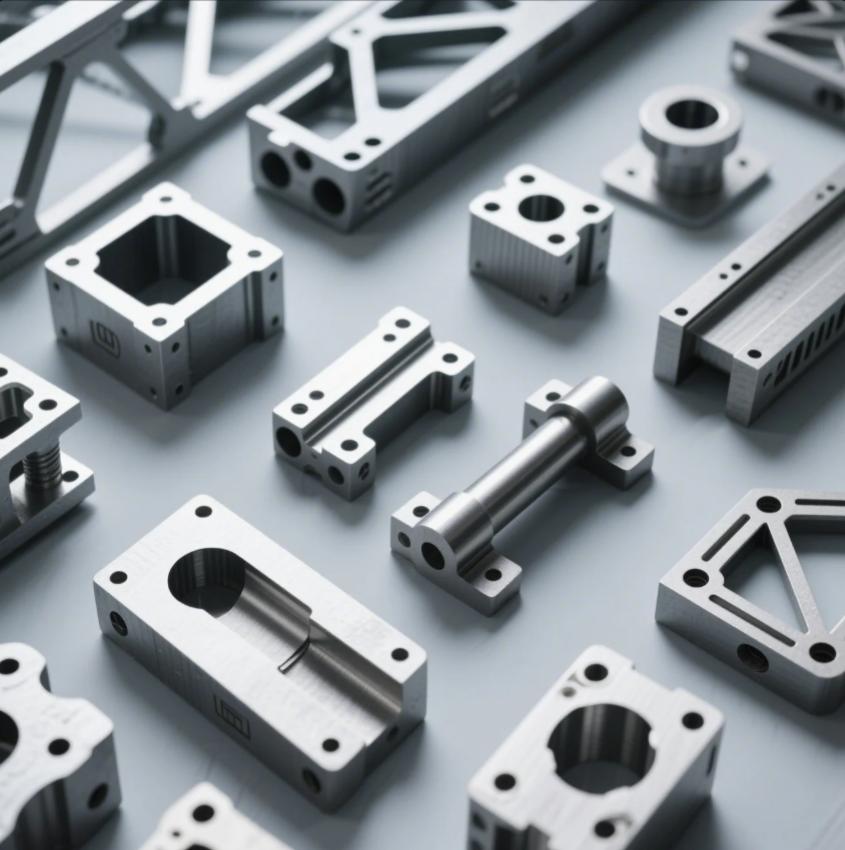
The five main types of structures in construction and engineering are load-bearing structures, frame structures, shell structures, tension structures, and composite structures. These structures differ in how they distribute and resist loads and how they are designed to handle specific stresses.
Snippet paragraph:
The five main types of structures are load-bearing, frame, shell, tension, and composite structures. Each type is designed to distribute forces and provide stability in different ways.
Dive Deeper
-
Load-bearing Structures: These structures rely on walls or supports to bear the load of the building. Common in older buildings, these structures use walls to support both the weight of the structure and provide enclosure.
-
Frame Structures: Frame structures use a skeletal system of beams and columns to support the load. These are common in modern buildings and bridges, providing greater flexibility in design and use of space.
-
Shell Structures: These rely on their shape to distribute loads efficiently. A dome or curved surface is an example of a shell structure, as the shape helps evenly spread stress and weight across the surface.
-
Tension Structures: Tension structures are designed to carry loads primarily through tensile forces (pulling forces). These include structures like tents or suspension bridges, where cables or fabric are under tension.
-
Composite Structures: These combine elements from other structural types to create more versatile systems. For instance, a building may use a concrete foundation, steel frame, and a lightweight roof shell to maximize strength and efficiency.
Each of these structural types is used based on the design requirements, load distribution, and the environment in which the structure will be used.
| Structure Type | Function | Example Applications |
|---|---|---|
| Load-bearing | Uses walls to bear weight | Old houses, small buildings |
| Frame | Uses a skeleton of beams and columns | Skyscrapers, Bridges |
| Shell | Distributes load through its curved shape | Domes, Aircraft fuselages |
| Tension | Carries loads through tensile forces | Tents, Suspension bridges |
| Composite | Combines elements for efficiency and strength | Modern buildings, Stadiums |
What is Type 5 Construction? Examples?

Type 5 construction is a classification used in building codes to describe a type of building that is entirely made of wood. This type of construction is often used for residential buildings and small structures. Type 5 buildings are typically less fire-resistant than structures made from concrete or steel, but they are commonly used due to the availability, cost-effectiveness, and ease of construction of wood materials.
Snippet paragraph:
Type 5 construction refers to buildings made entirely of wood. These structures are commonly used in residential buildings due to wood’s affordability and ease of construction.
Dive Deeper
In Type 5 construction, the entire structure—walls, floors, and roof—is made from wood or wood-based materials like plywood or timber. These buildings often feature wood studs for framing, wood trusses for roofs, and wood sheathing for exterior surfaces.
Examples of Type 5 construction include:
- Wood-frame houses: Single-family homes built with wood framing.
- Small apartment buildings: Low-rise buildings with wood construction used for residential units.
- Townhouses: A series of attached homes made with wood framing.
Type 5 construction is a cost-effective and popular method for residential buildings, although it is more vulnerable to fire hazards compared to other types of construction like steel or concrete.
| Example of Type 5 Construction | Material Used | Common Applications |
|---|---|---|
| Wood-frame houses | Wood studs, plywood | Residential homes, Single-family homes |
| Small apartment buildings | Wood framing, plywood | Low-rise apartment buildings |
| Townhouses | Timber, wood framing | Residential complexes |
What Are the 5 Structural Systems of Construction?

In construction, structural systems refer to the way in which a building or structure is designed to resist various loads and forces. The five primary structural systems in construction are beam and column systems, reinforced concrete systems, steel frame systems, masonry systems, and timber frame systems.
Snippet paragraph:
The five structural systems in construction—beam and column, reinforced concrete, steel frame, masonry, and timber frame—each provide unique ways to distribute loads and ensure the integrity of the building.
Dive Deeper
-
Beam and Column Systems: This is one of the most common structural systems in modern construction. It uses beams to carry horizontal loads and columns to transfer vertical loads to the foundation.
-
Reinforced Concrete Systems: In this system, concrete is reinforced with steel bars or mesh to improve its strength and resistance to tensile forces. This is widely used for large buildings, bridges, and roads.
-
Steel Frame Systems: Steel frames are used to provide support for high-rise buildings and bridges. Steel’s strength allows for tall structures with large open spaces, often seen in skyscrapers and large commercial buildings.
-
Masonry Systems: Masonry involves using materials like brick, stone, or concrete blocks to create a strong and durable structure. This system is common in buildings such as churches, schools, and residential homes.
-
Timber Frame Systems: This system uses wood for the structural frame of the building. It’s commonly used in low-rise residential buildings, where wood’s availability, cost-effectiveness, and ease of construction make it ideal.
| Structural System | Material Used | Common Applications |
|---|---|---|
| Beam and Column | Steel, concrete | Office buildings, Bridges |
| Reinforced Concrete | Concrete, steel | High-rise buildings, Infrastructure |
| Steel Frame | Steel | Skyscrapers, Commercial buildings |
| Masonry | Brick, Stone, Concrete | Residential homes, Schools |
| Timber Frame | Wood | Residential homes, Small buildings |
What Are the 4 Types of Structures?
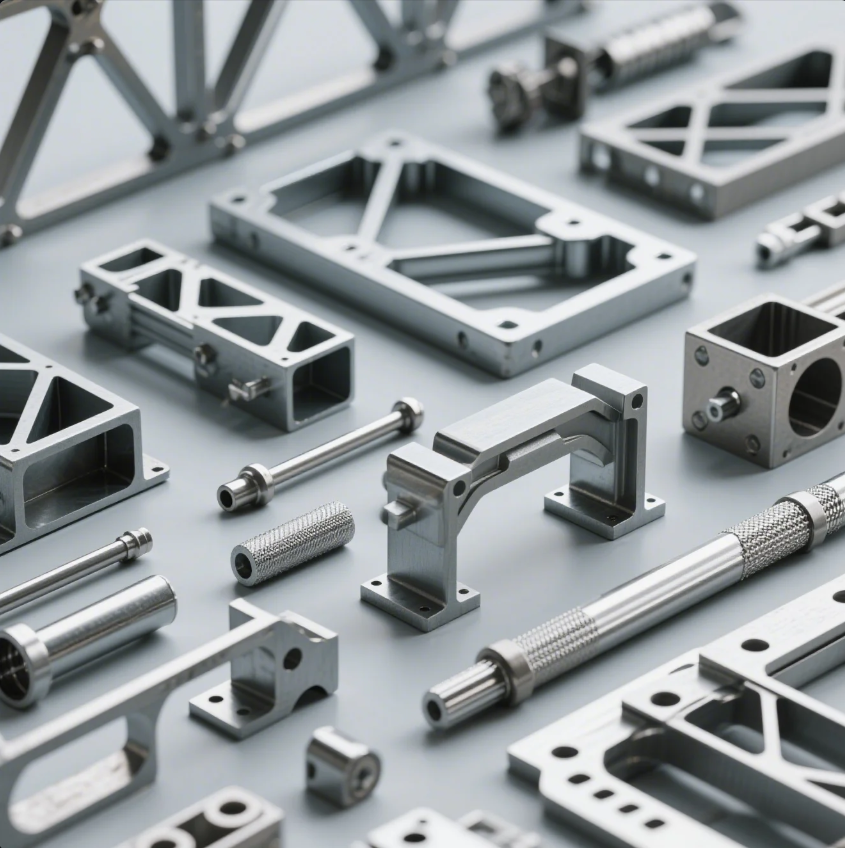
The four types of structures in engineering are load-bearing structures, frame structures, shell structures, and composite structures. Each of these types is designed to handle different stresses and loads, providing the necessary support and stability for the system they’re part of.
Snippet paragraph:
The four main types of structures—load-bearing, frame, shell, and composite—are designed to distribute forces and maintain stability in various systems.
Dive Deeper
-
Load-bearing Structures: Walls or supports carry the weight of the building or system. These structures are often seen in older buildings, where walls serve as both the structural and enclosure elements.
-
Frame Structures: Frame structures use beams and columns to provide strength. These structures are typical in modern buildings and bridges, offering flexibility in design.
-
Shell Structures: These rely on their shape to distribute loads efficiently, like domes or curved surfaces. The shape itself helps spread out stress and weight evenly.
-
Composite Structures: These combine elements from the other types to provide the best benefits of each. A composite structure may use concrete for the foundation, steel for the frame, and a lightweight material for the roof.
| Structure Type | Function | Example Applications |
|---|---|---|
| Load-bearing | Uses walls to support weight | Historical buildings |
| Frame | Uses beams and columns to distribute loads | Modern office buildings |
| Shell | Distributes load using shape and curvature | Domes, Aircraft fuselages |
| Composite | Combines materials for versatility and strength | Modern stadiums, Skyscrapers |
Conclusion
In summary, there are different types of structures used across various fields, whether in construction, architecture, or engineering. Understanding the characteristics and applications of each structure helps in selecting the right design for a project. Whether you’re working with Type 5 construction or composite structures, each system is designed to meet specific needs and conditions, ensuring safety, stability, and functionality.

